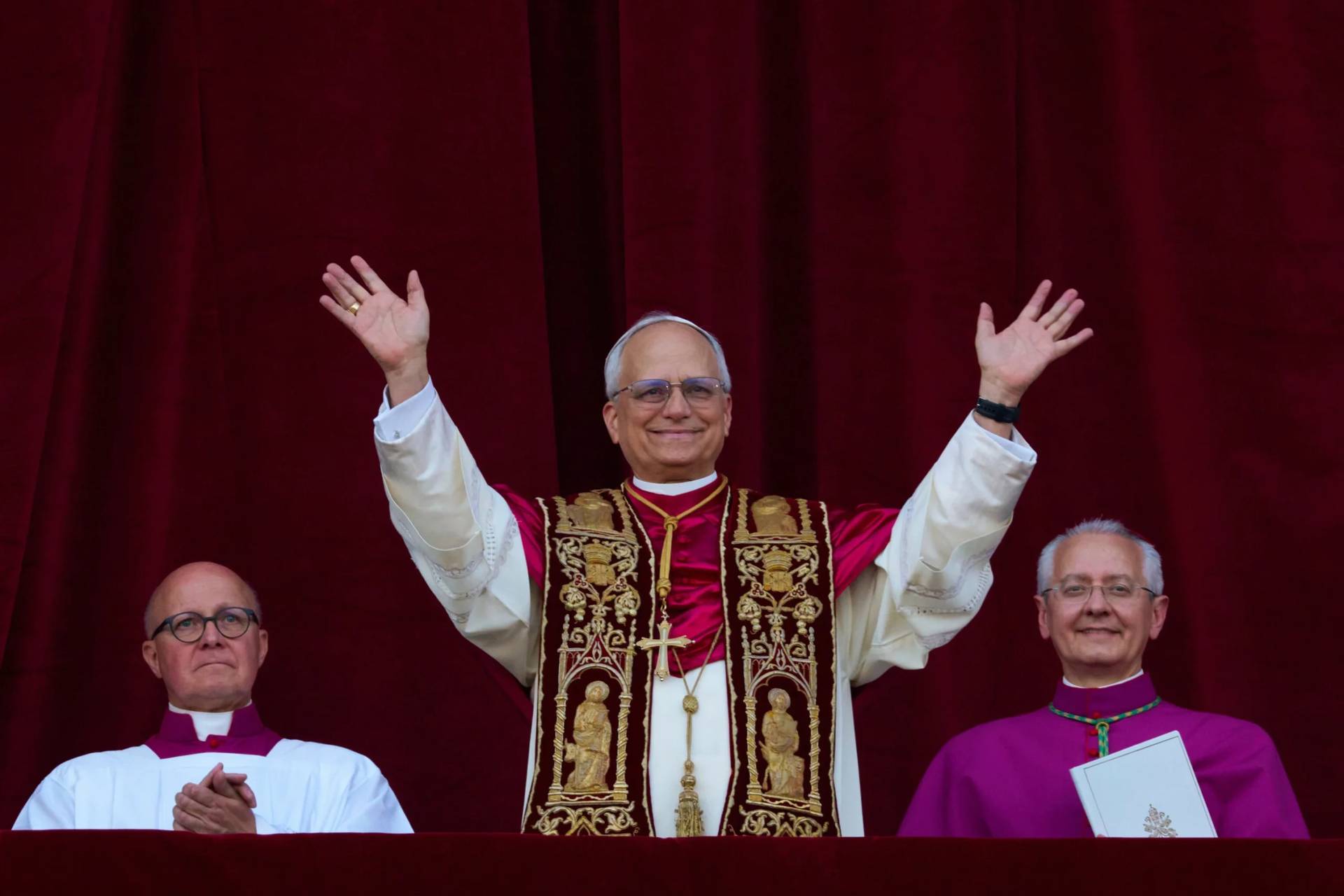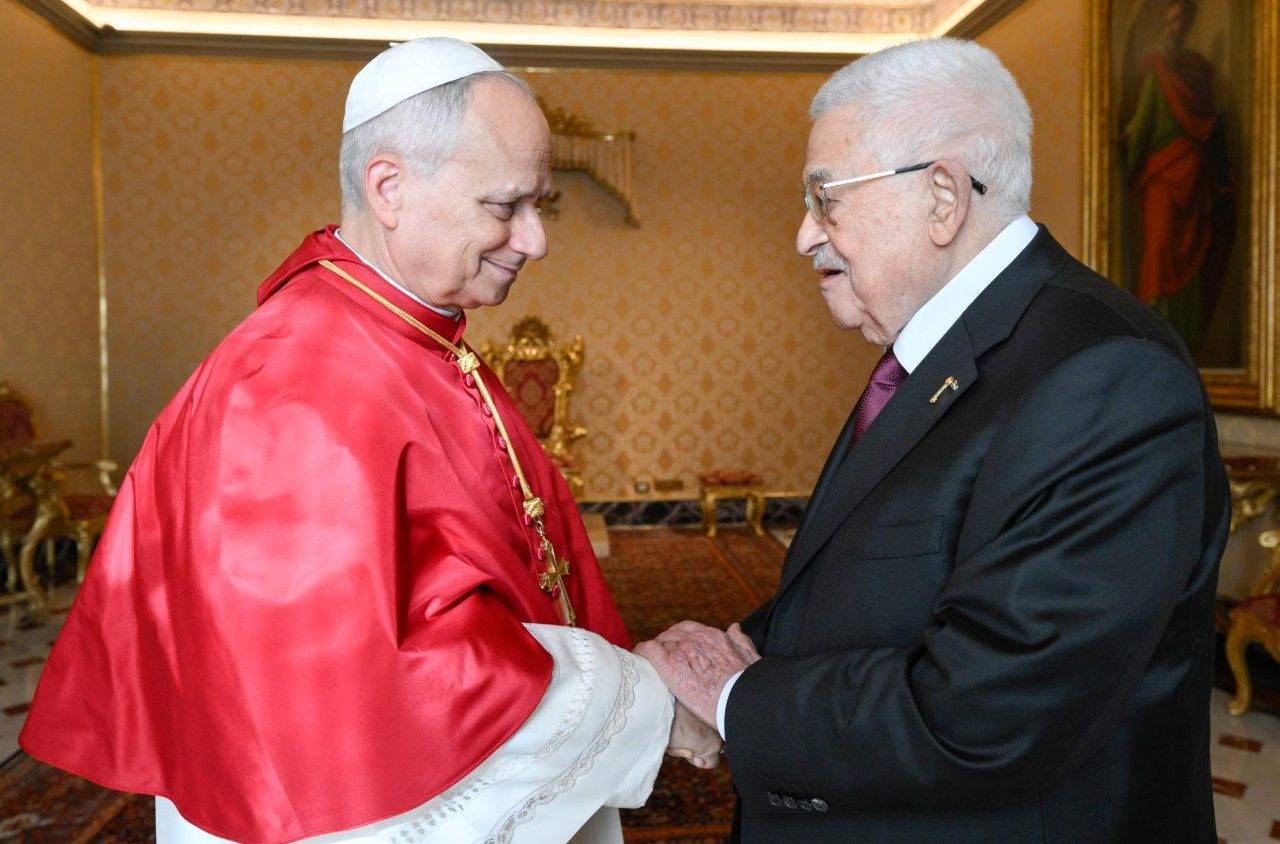This week’s announcement by the Dicastery for the Doctrine of the Faith that we should not use “Co-redemptrix” as a title of the Virgin Mary has left observers with several questions, among them: “Why this?” and “Why now?”
The Vatican announced a while ago that a statement on Marian titles would be forthcoming, and not a few observers expected the news to be that the “Co-redemptrix” title was going to get an affirmative nod.
The title had been used by several previous popes, including Pope St. John Paul II. Pope Benedict XVI expressed serious reservations about the title and refused requests to define it, while Pope Francis objected to the use of it.
The main objection was to the fact that some supporters of the Marian title seemed to almost deify Mary, and detracted from the unique role that Jesus Christ – who is both God and Man – played in our salvation.
“Marian devotion, which Mary’s motherhood engenders, is presented here as a treasure of the Church,” said the head of the Vatican’s doctrine dicastery in his preface to the Note. “The piety of the faithful People of God — who find in Mary refuge, strength, tenderness, and hope — is not contemplated here to correct it,” Fernandez wrote, “but, above all, to appreciate, admire, and encourage it.”
“However,” Fernandez continued, “there are some Marian reflection groups, publications, new devotions, and even requests for Marian dogmas that do not share the same characteristics as popular devotion.”
“Rather,” he explained, “they ultimately propose a particular dogmatic development and express themselves intensely through social media, often sowing confusion among ordinary members of the faithful.”
“Sometimes,” Fernandez said, “these initiatives even involve reinterpretations of expressions that were used in the past with a variety of meanings.”
Writing on X – formerly known as Twitter – Dominican Father Peter Totleben noted he has gone on the record as saying that he finds the term unhelpful, “because it creates more confusion than clarity.”
Just a couple of quick notes on the title of co-redemptrix in the Marian document releasted by the DDF today.
1. I’ve gone on the record as saying that I find the term unhelpful, because it creates more confusion than clarity. (I suggested the traditional title, “Companion of…
— Fr. Peter Totleben, O.P. (@FrTotleben92742) November 4, 2025
“However, I don’t think that it is pastorally prudent to prohibit the use of the title at this point, because, frankly, the toothpaste is already out of the tube on this. It’s a title that is not limited to excessive popular devotion, but it has been very carefully discussed and explained in all kinds of popular and scholarly theological works, and even used by a number of Popes,” the priest wrote.
“So, to prohibit it at this point just creates needless disruption and confusion with the faithful. It’s going to be awkward for people who read entirely mainstream theology books, or see statements from the Pope that employ the term, but to also be told that it is wrong to use the term,” Totleben explained.
He also said the document misuses the actions of Pope Benedict.
“The document presents its position as the position of Cardinal Ratzinger. But you will notice that this is not exactly true. Cardinal Ratzinger was opposing a magisterial definition of the term, which he rejected, saying that the term was confusing and the theology behind it was underdeveloped. (I don’t think it is, because the Church has already spoken magisterially on that theology, but anyways…). Ratzinger did not take the stronger step of trying to ban its use,” the Dominican wrote.
Of course, many will question the timing of the document, which was actually completed while Pope Francis was still alive (although Pope Leo XIV was a member of the Dicastery – as Cardinal Robert Prevost – when it was approved).
As for the timing: Benedict became pope 20 years ago; in all honesty the “Co-redemptrix” debate has somewhat died down after two decades. Yes, there were still people calling for the title to be made the “Fifth Marian dogma” but this was not widely spoken about, and not on the radar of the vast majority of Catholics.
Fernandez also complained that the embargo for the document was broken – however, it was sent to everyone in the media 14 hours before it was officially released: There was no way he couldn’t have known the embargo wasn’t going to be broken.
The real question is why the hornets’ nest would be shaken so early in Leo’s tenure.
Journalist Delia Gallagher claimed it came due to internal Church fights that had become common during the pontificate of Pope Francis.
“In short, I think a large part of the reason for this document is that Cardinal Fernandez is inordinately bothered by traditional Catholics. That he readily and at length singled out ‘these people,’ in his talk and in the document, is testament to this likelihood,” she wrote on Substack.
“Pitting traditional faithful against the ‘ordinary’ faithful was also a lamentable mark of Pope Francis’ style, and it is clearly replicated here in Tucho’s categorization of Marian enthusiasts who are disturbing the faith of ordinary Catholics,” Gallagher added.
Several commenters have also noted – some of them rather archly – how the DDF document says an expression such as Co-redemptrix “requires many, repeated explanations to prevent it from straying from a correct meaning, it does not serve the faith of the People of God and becomes unhelpful,” but its authors somehow fail to see how that observation may fairly apply to the way the term “synodality” has been met in the Church.
Other observers have noticed lack of approval by Pope Leo in forma specifica, meaning it wasn’t officially coming from the pontiff. That observation may strike outsiders as being of the hair-splitting variety. In many ways it is a matter of Vatican minutia, but it’s not wrong. It does make the position of the pope himself unclear.
And “unclear” is how the new pontificate will continue, until the projects begun by his predecessor come to a conclusion. Only then, will we be able to start to truly understand Pope Leo XIV.
Follow Charles Collins on X: @CharlesinRome















